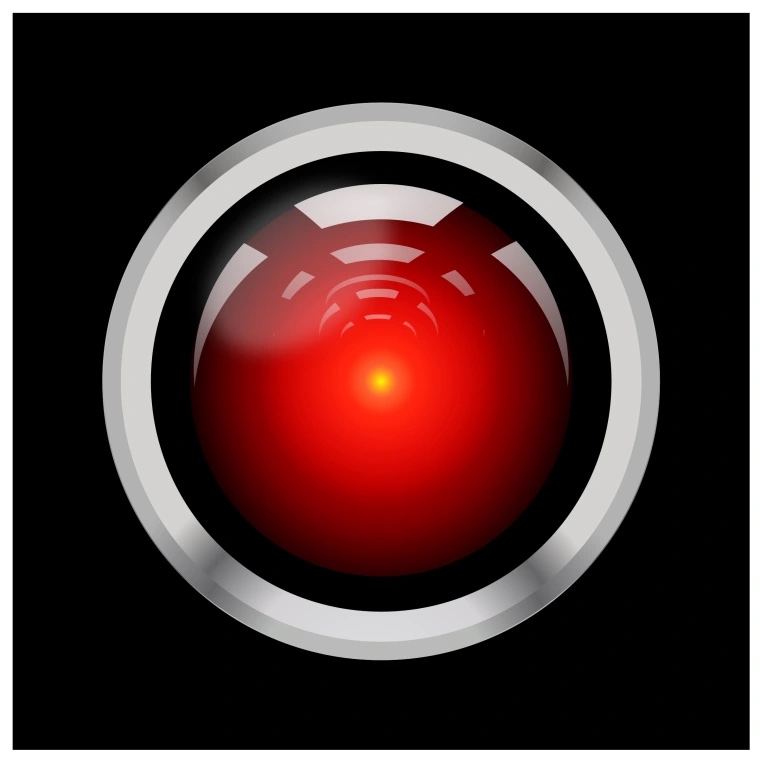In light of our recent conversations regarding racial issues and the biases embedded within artificial intelligence, I would like to share a short documentary produced by Vox that I came across on YouTube. The documentary sheds light on the racial biases inherent in AI and how algorithms often produce biased results. The video provides numerous examples illustrating these biases. For example, face recognition software struggles to accurately detect darker skin tones, Twitter’s photo cropping algorithm tends to prioritize images with lighter skin tones, soap dispensers sometimes fail to detect darker hands, and beauty filters often over-lighten the complexion of colored individuals.
These examples merely scratch the surface of the pervasive issues that technology poses for people of color. The question arises: how do machines become biased? Beyond the obvious factor of human subjectivity and intervention, the methodology plays a significant role. Ultimately, the datasets and information within machines are derived from labels assigned by humans, who are inherently subjective and not free from bias. We must remain mindful of the labels we assign and refrain from assuming correlation and causation as given truths.
Additionally, the machine learning industry should be subject to regulation to ensure that algorithms and methodologies are equitable and fair. Furthermore, we should reconsider our overreliance on AI to predict and generate results for us, acknowledging its limitations and potential for bias. As highlighted in the video, one positive aspect of machine bias is that it can be readily tracked and quantified. Therefore, there should be a collective effort to ensure that machine learning models are developed with a focus on producing fair and unbiased results.

Leave a Reply